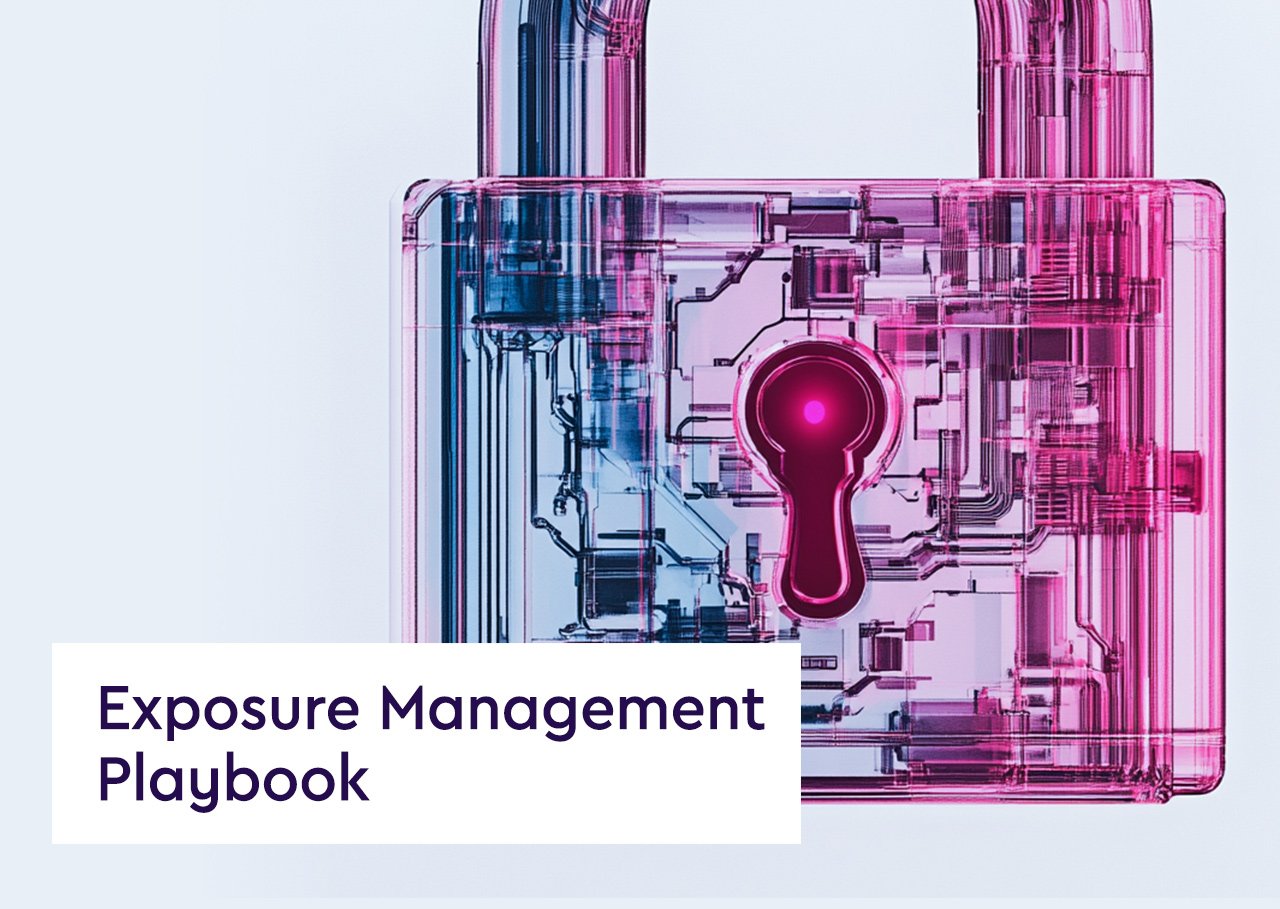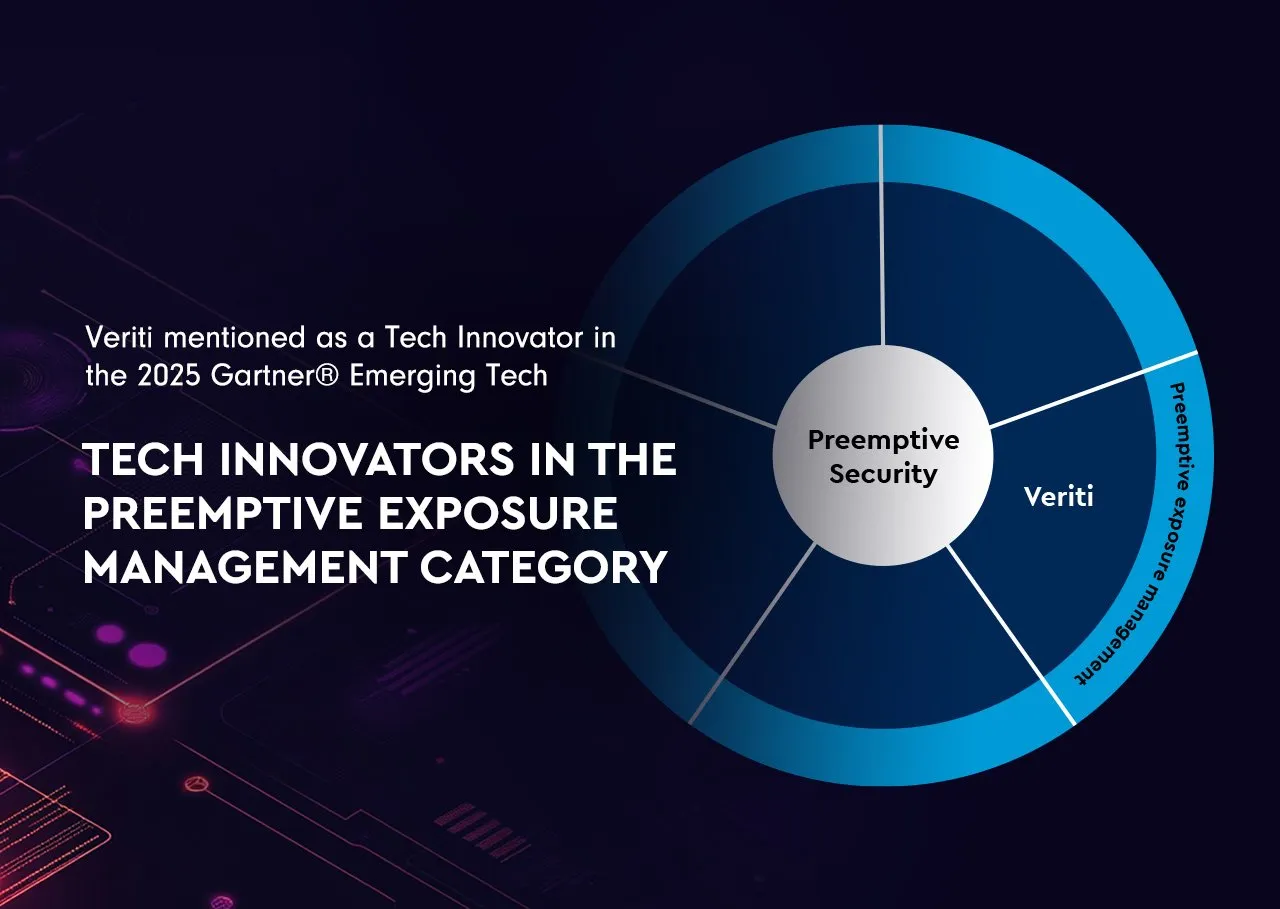Definition: Threat Assessment in the context of cybersecurity is the process of identifying, analyzing, and evaluating potential threats to an organization’s information and systems. This involves a systematic approach to understanding the nature of potential threats, their likelihood, and the impact they could have on the organization. The goal is to prioritize and manage these threats effectively, ensuring the protection of sensitive data and maintaining business continuity.
Key Components of Threat Assessment:
- Threat Identification: Recognizing potential internal and external cybersecurity threats that could harm the organization.
- Threat Analysis: Evaluating the capabilities and intentions of potential threats, including cybercriminals, malware, insider threats, and other risk factors.
- Vulnerability Assessment: Identifying weaknesses in the organization’s systems and processes that could be exploited by threats.
- Impact Analysis: Assessing the potential damage or impact that different threats could have on the organization.
Importance of Threat Assessment:
- Informed Risk Management: Provides a foundation for making informed decisions about risk management and cybersecurity strategies.
- Proactive Defense: Helps in developing proactive measures to prevent or mitigate the impact of cyber threats.
- Resource Allocation: Assists in prioritizing security efforts and allocating resources where they are needed most.
- Compliance and Regulatory Obligations: Supports compliance with various cybersecurity standards and regulations.
Challenges in Threat Assessment:
- Evolving Threat Landscape: Keeping up with the continuously changing and advancing nature of cyber threats.
- Complexity of IT Environments: Assessing threats in increasingly complex IT environments, including cloud-based and hybrid systems.
- Balancing Accuracy with Timeliness: Providing accurate threat assessments in a timely manner to enable swift action.
Best Practices for Threat Assessment:
- Regular and Continuous Assessment: Conducting threat assessments regularly to stay updated with the latest threats and vulnerabilities.
- Utilizing Threat Intelligence: Leveraging threat intelligence sources for up-to-date information on emerging threats.
- Cross-Functional Collaboration: Involving various departments and stakeholders in the threat assessment process for a comprehensive view.
- Documenting and Reporting: Keeping detailed records of threat assessments and their outcomes for continuous improvement and compliance purposes.
Threat Assessment is a crucial element of an effective cybersecurity strategy, enabling organizations to understand and prepare for potential cyber risks. By systematically identifying, analyzing, and evaluating threats, organizations can enhance their security posture, make informed decisions about cybersecurity measures, and protect their critical assets from a wide range of cyber threats.




